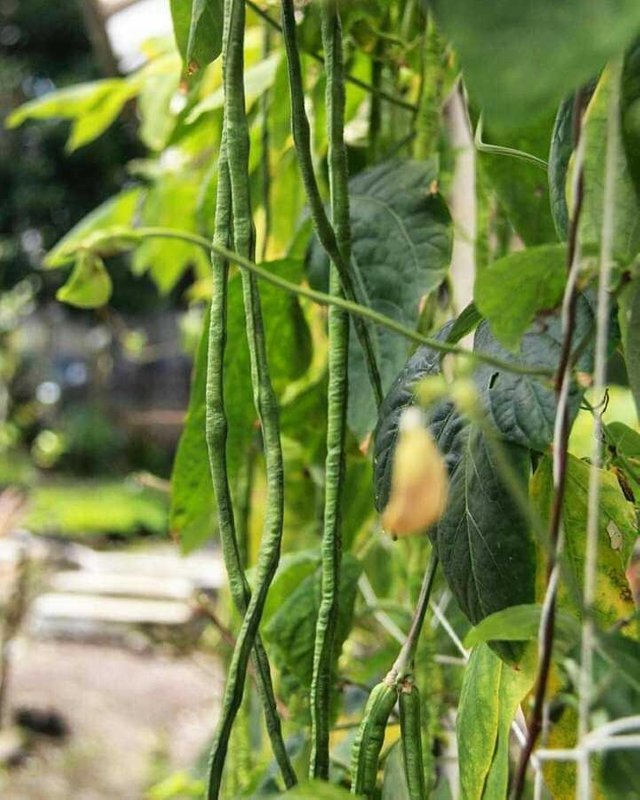
Long Bean Cultivation
Long beans (Vigna sinensis), are plants that belong to the family group of legumes. This group of plants is often used by farmers to restore the nitrogen content of the soil by making it a intercrop. However, in addition to its function as a intercrop, planting long beans also has the potential to be economic. Moreover, long beans have good adaptability to the climate, so they can be planted throughout the season.
This long-shaped vegetable, likes hot air, therefore, its growth will be more optimal if it is in a temperature range of 15-24oC and rainfall of 600-1500 mm per year. Long beans also really like the type of soil with good drainage, loose, and directly exposed to sunlight.
Long beans are the same as other secondary crops, easy to grow and easy to maintain. But that does not mean it can be allowed to grow just like that. Because to be able to obtain maximum results, there are steps that must be taken. Following are the steps and how to plant the correct long beans:
1. Seed Selection
The long bean seeds that will be developed beforehand must be cooked from the tree. The seeds are then dried in the sun to dry, peeled and dried again. After going through this process, beans can be planted directly without having to go through the seeding process. However, if the method is deemed lacking, the beans can be purchased at the plant seller's place.
To find out which beans are good, consider the following characteristics of seeds:
a. Seeds have a larger shape or about 80% of bean seeds in general. Seeds like this have high growth power.
b. The seeds that will be used as seeds must be pure, meaning that they are not mixed with other seeds from unclear varieties.
c. The age of the seed must be quite old and pithy.
d. Seeds must be free or resistant to disease pests and have high production capacity.
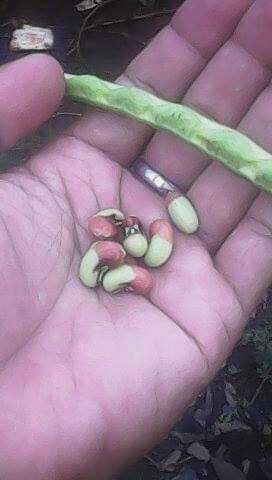
2. Soil Processing
Soil processing is done by hoeing or plowing it as deep as +/- 30 cm. Let the loose soil open for +/- 4 days to allow the soil to breathe. Next, make beds measuring 8-10 meters long, 1-3 meters wide, and 20-30 cm high.
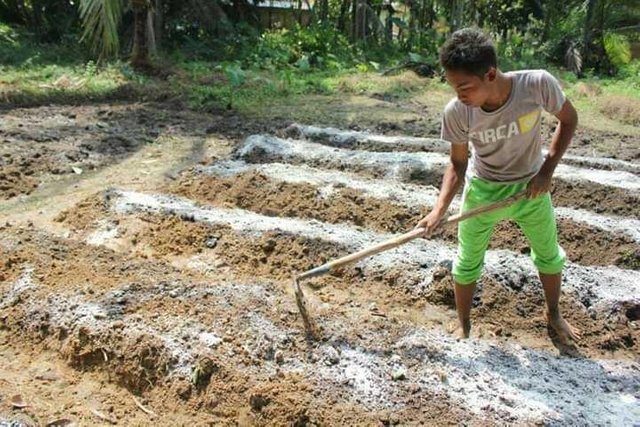
3. Planting
Planting beans is usually done at the end of the rainy season, with the aim that the plants get water easily, and not rot due to high rainfall. Planting can also be done during the dry season provided that water for irrigation can be obtained easily.
Once the land is ready for planting, make a planting hole using Portugal with a spacing of 30 x 60 cm, or as you wish. Fill the holes with 2-3 seeds and cover the holes with thin soil so that the seeds can grow onto the ground easily.
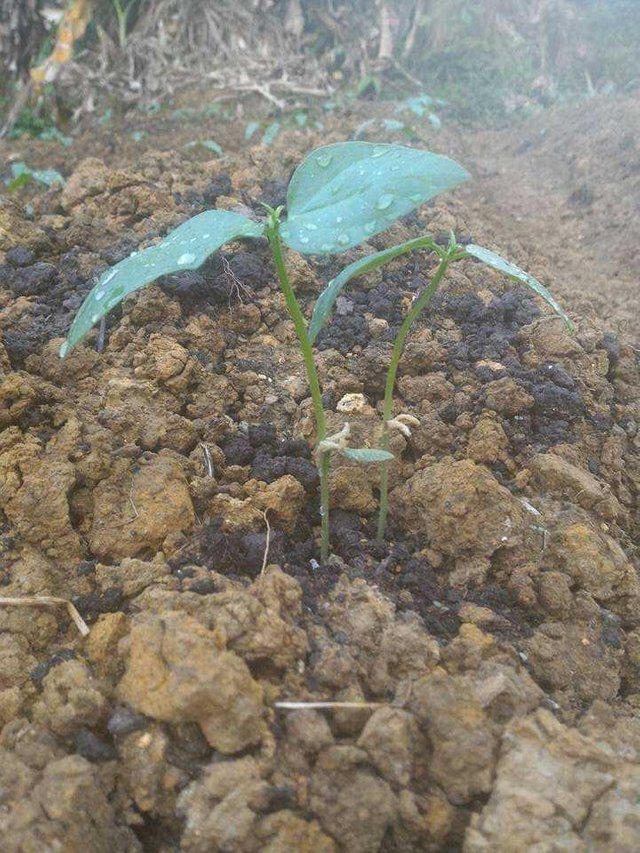
While waiting for the growth of seeds, prepare a trellis or stick from bamboo or wood with a length of about 2 meters. This is needed because long beans are plants that grow and creep. After 4-5 days since being planted, long bean seeds will extend to grow onto the ground. If there are seeds that do not grow, replace them immediately with new seeds.
4. Nursing
In the process of growth, when the plant reaches a height of 25 cm, in general the plants will twist the path. If it turns out that there are plants that propagate to the ground, help the plants by tying them to the trellis using raffia so that the growth propagates on the path.
a. Irrigation
Also pay attention to watering or irrigation for plants. For land that has irrigation, watering can be done by flooding the land with water. After the entire soil surface is moist, remove the flow of water from the planting area. As for rainfed land, watering must be done manually, especially at the beginning of seed growth.
b. Weeding.
Weeding is carried out if weeds and weeds grow in beds, especially at the beginning of plant growth, to avoid competition in obtaining nutrients.
c. Fertilization
Fertilization is done at the beginning of the planting period and when the plants are 15-20 days old. Fertilization at the beginning of the planting period is carried out during tillage. You do this by giving manure as a basic fertilizer as much as 10 tons / hectare. Can also be added to artificial fertilizers, with a dose of per hectare of 125 kg KC1, 200 kg TSP, and 50 kg Urea.
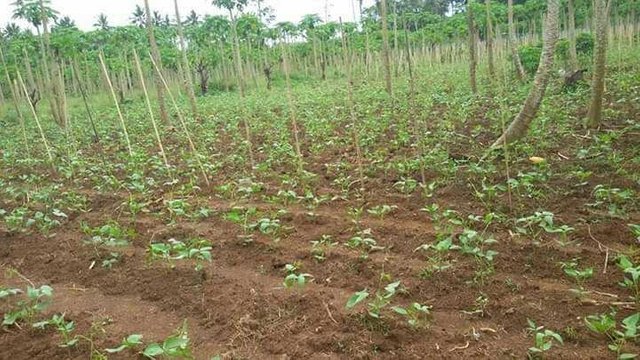
For additional fertilization when plants are 15-20 days old, the three artificial fertilizers with the same dosage can also be used. But the main thing is to use compost with a composition of 20 tons for each hectare of land. The compost fertilizer is spread around the plants, then buried with soil as well as to raise the beds.
If needed, you can also spray liquid organic fertilizer at plant anaman, to stimulate the discharge of flowers. The organic fertilizer is first dissolved in water, with a dose of 1 liter of organic fertilizer for 10 liters of water. The solution is a mixture of organic fertilizer with water and then sprayed onto plants. For each one liter of fertilizer solution can be used to spray 10 m2 of planting land.
5. Pests and Diseases
Pests and diseases are one of the factors that reduce the productivity of beans. These pests and diseases include:
a. black fleas and white fleas,
b. leaf ladybug,
c. pod borer,
d. armyworm,
e. and rust and Cercospora leaf spots.
To deal with pests and diseases, it can be done organically, namely by using biological pesticides. However, handling through this method usually does not last long, which is why manual handling is needed, namely by manually taking beetles. On an area of 1002 m, there are usually around 50 - 100 beetles.
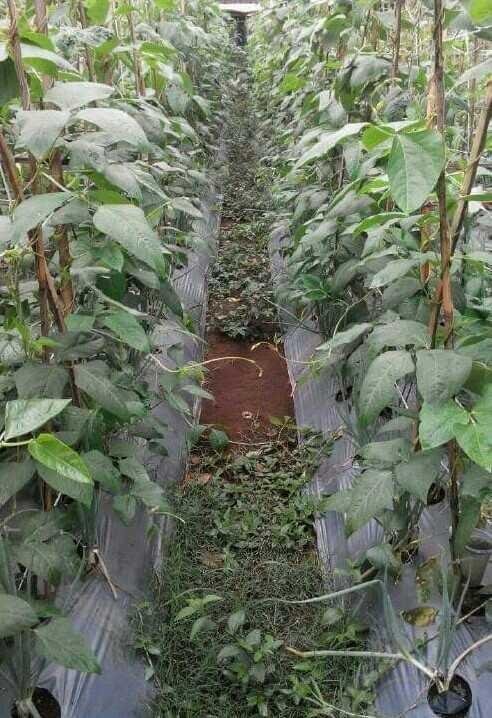
6. Harvest and Post Harvest
After 45 - 50 days, long beans are ready to be harvested. When it's the color of whitish green beans. To harvest it is done periodically by picking it. The method of picking must also be considered, so that the flowers are not damaged when picking. The trick is to break the fruit stalks in the opposite direction or by rotating the fruit until it is separated from the stalk.
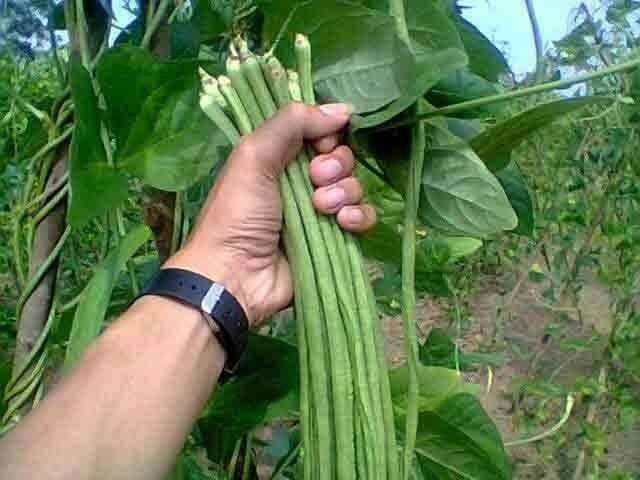
Long beans that have been harvested are then collected in a shelter for sorting. After being tied with the weight as desired, the long bean is ready to be marketed.
Thanks @arnoldmark for teaching us on how to grow long beans we have indeed learnt from this post.
Resteem
Downvoting a post can decrease pending rewards and make it less visible. Common reasons:
Submit